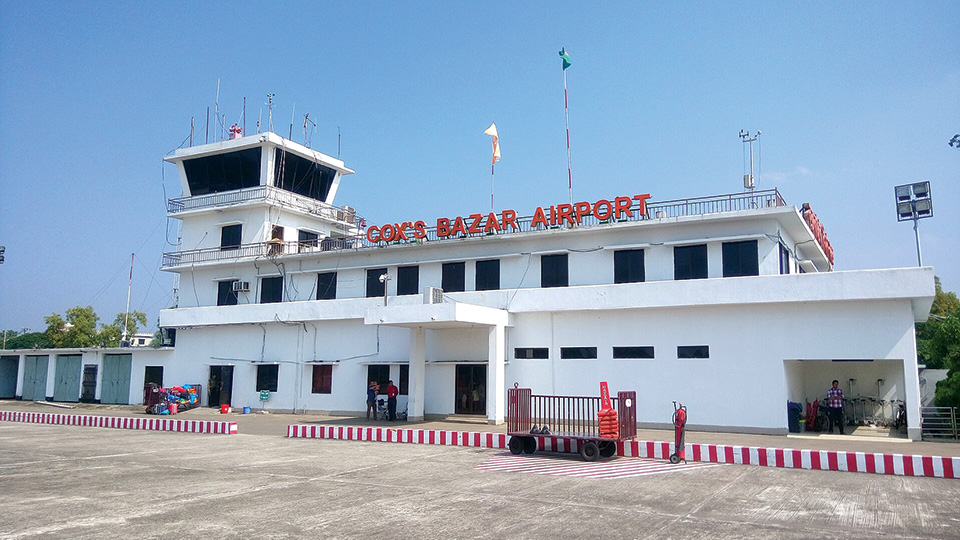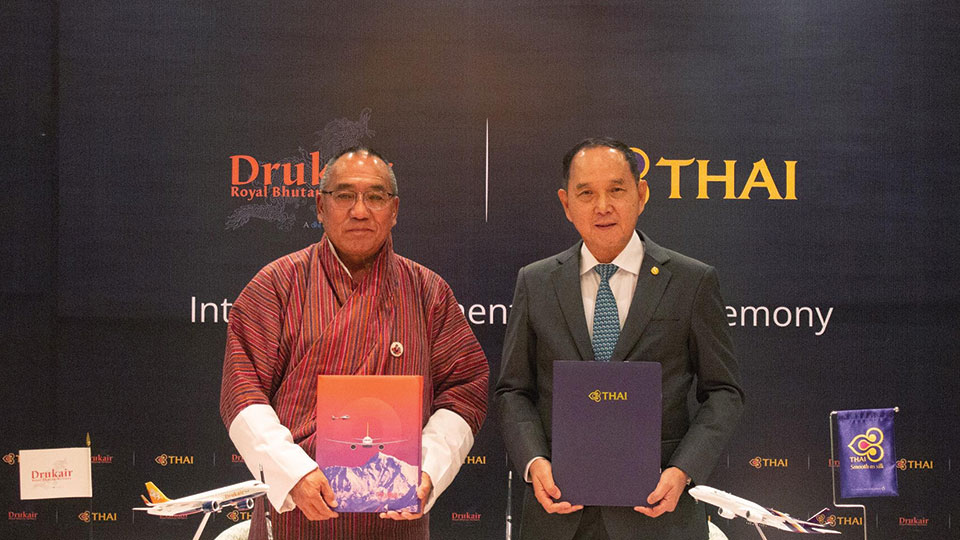
Kuala Lumpur : Capital A Berhad, formerly known as AirAsia Group Berhad, released its third-quarter results on October 27. These cover the consolidated airlines of AirAsia Malaysia, AirAsia Indonesia, and AirAsia Philippines, as well as AirAsia Thailand, which reports separately.
All four airlines combined flew 9.9 million passengers in the July to September quarter, compared to 432,000 for the same quarter last year. The group grew traffic by 36 per cent compared to the second quarter and recorded a load factor of 86 per cent, its highest quarterly load factor since the pandemic arrived, and has now reached 54 per cent of pre-pandemic passenger levels.
AirAsia is an excellent example of the challenges airlines faced when borders opened and pent-up demand for travel erupted. In Q3 last year, the three consolidated airlines carried just 352,000 passengers on 2,876 flights, using an operating fleet of 20 aircraft. This year in Q3, the consolidated airlines carried 7.12 million passengers on 44,876 flights, with an average stage length of 1022 kilometers (635 miles), using 68 aircraft.
Looking at the four group airlines, AirAsia Malaysia is the powerhouse carrying 4.85 million, or 48 per cent of the total traffic. AirAsia Thailand was next with 2.76 million, followed by AA Philippines with 1.22 million and AA Indonesia at 1.07. By the end of Q3, the group was operating 103 aircraft, all either Airbus A320ceo/neo or A321neo aircraft.
During the quarter, AA Malaysia operated 177 routes to 57 destinations.
The other two consolidated airlines, AA Indonesia and AA Philippines, returned equally impressive results and dramatic gains over Q3 2021. AA Indonesia went from operating three aircraft on 216 flights last year to twelve aircraft on 7,267 flights, with AA Philippines going from five planes and 1,306 sectors in Q3 2021 to 7,647 flights using nine aircraft this year. AA Thailand did much the same, although with bigger numbers, by operating 17,269 flights compared to 770 last year.












